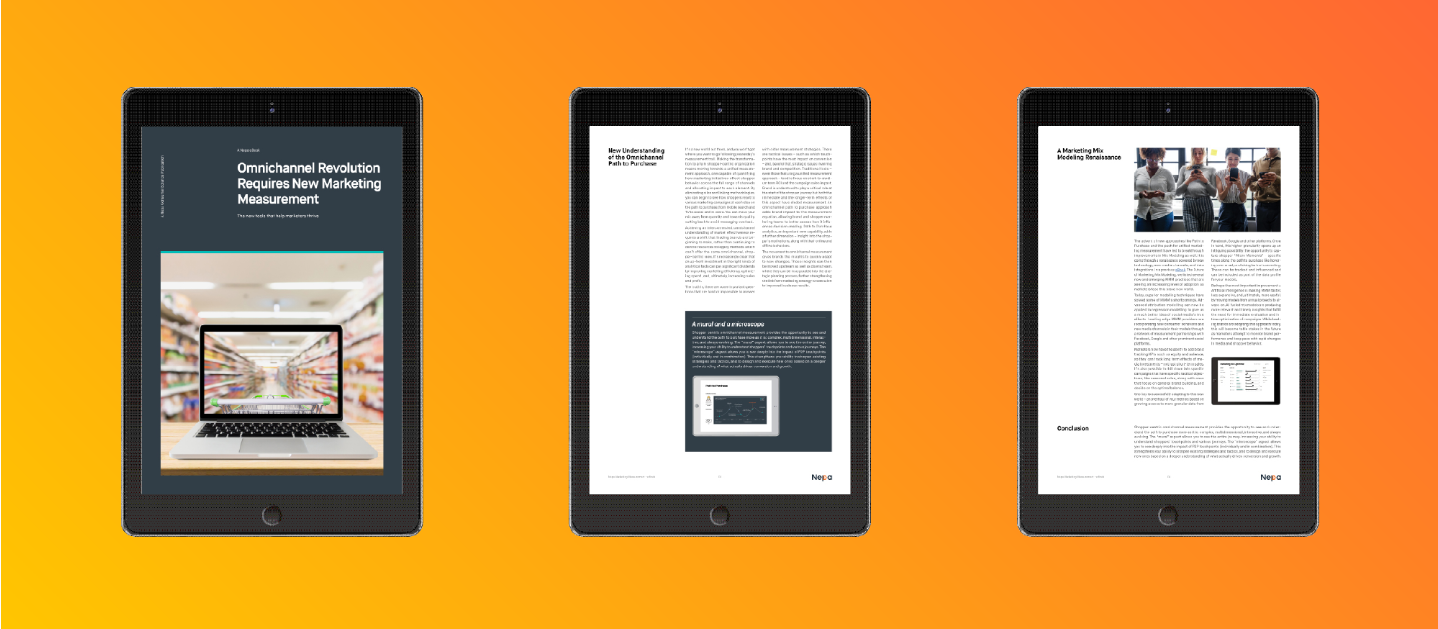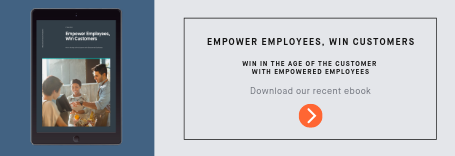Blog Posts
Lessons From Retail Smarter 2019 – University of Florida
April 5, 2019

Occasionally it’s good to go back to school. Last week, I had the opportunity to attend Retail Smarter 2019 at the University of Florida in Gainesville. As we read about the retail apocalypse, with as many as 5,800 stores already scheduled to close in 2019, it would be easy to say that retail is dead. After a few days discussing with leading academics and experts, it’s clear that retail isn’t dying – it’s just changing.
Challenges today bring about opportunities for retailers to be on the forefront of innovation. Here are my four key takeaways from experts in topics spanning trends, best practices, technology, e-commerce, customer experience and HR:
1. Kim Kaupe, Co-founder-The Superfan Company, brought a unique take from a sport’s perspective. It’s all about the “SuperFan.” Reviews are good, but “braggable” and “Instagramable” moments make a strong personal connection that makes a recommendation real.
2. Jake Annear from Louis Vuitton/Moët Hennessy focused his conversation on consumer and customer driven insights. His perspective – there should be no decisions made without consumer/customer inputs. Some memorable comments included:
- Often retailers try to “drive the customer strategy” instead of letting the customers dictate the future. A great example of that is where retailers try to push customers online, rather it is more important to just make the omnichannel experience exceptional.
- Avoid timed communications. Too often we focus on frequency of communications, when really we should be focused on tailoring the offer for the customer’s needs. There are billions of conversations between brands and consumers on an annual basis (CRM, Social Media, Interactions), but very few of them are truly engaging.
3. Kevin Moffit, Chief Retail Officer at Office Depot, stated that they have to go beyond being just an office supplies retailer by becoming a place that serves to inform and educate their small business clients to help them succeed. Furthermore, he emphasized that organizational change shouldn’t (and in their case doesn’t) come just from the top. Rather, the change must come from the front-line employees and the rest of the team as a whole.
4. Finally, Steve Knopik, Chairman & CEO at Beall’s Inc., had one of the most insightful statements regarding the Death of Retail; “While stores and retailers are facing some fundamental challenges, no industry has seen more disruption in the past 50-75 years, yet retail is still alive.”
Overall, it was a great week of insights from significant thought leaders in the industry. We’d like to thank University of Florida Warrington College of Business for a great event and we hope to see you at Retail Smarter next year!













